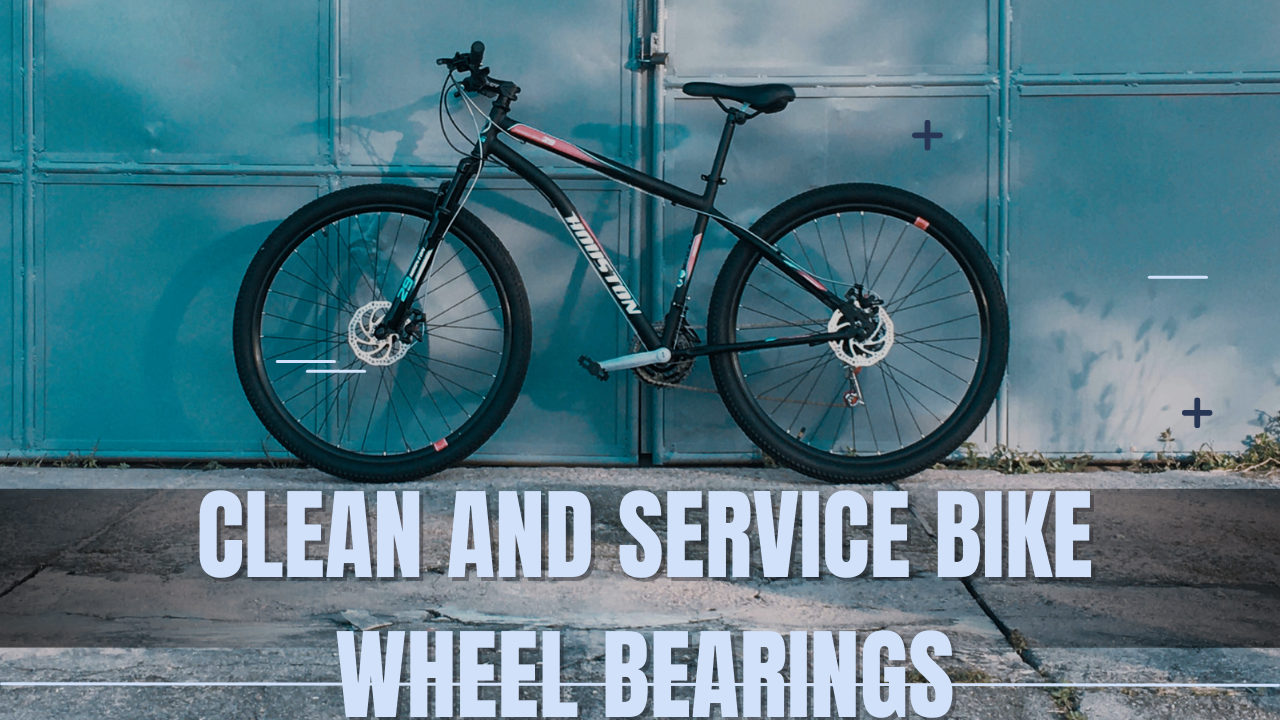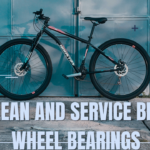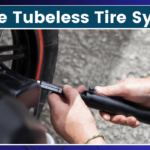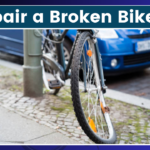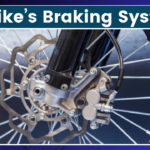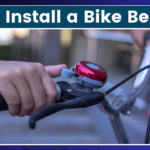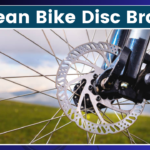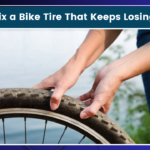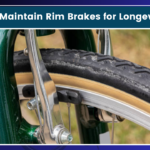Cleaning and servicing bike wheel bearings is an important task for keeping a bicycle in great shape. Regular maintenance can prevent wear and tear, ensuring a smoother ride and longer-lasting components. Knowing how to properly clean and service bike wheel bearings can help any cyclist avoid costly repairs and improve their bike’s performance.
Many bike owners might not realize that dirt and grit can build up in the wheel bearings, causing extra friction. This can lead to poor handling and a rough ride. With a few simple tools and steps, anyone can keep their bike’s wheel bearings clean and well-lubricated.
Understanding the process can seem daunting, but it doesn’t have to be. This blog will outline easy steps to help make the task manageable and even enjoyable for anyone wanting to care for their bike.
Knowledge Wheel Bearings
Wheel bearings are essential for smooth bike rides. They help reduce friction between the wheel and the axle. Knowing the types of wheel bearings and how to recognize wear will help keep a bike in good shape.
Types of Bike Wheel Bearings
There are two main types of bike wheel bearings: sealed and loose-ball.
- Sealed Bearings: These are pre-greased and sealed. They are low maintenance and keep dirt and water out. Many modern bikes use sealed bearings for easier upkeep.
- Loose-Ball Bearings: This type consists of individual balls held in place with a retainer. They need regular maintenance because dirt can easily enter. While they can be serviced more often, they may wear out faster.
Choosing the right type depends on riding style and bike use. Sealed bearings are popular for casual riders, while loose-ball systems are often found in older or specific bike models.

Signs of Worn Wheel Bearings
Identifying worn wheel bearings can save a rider from further damage. Here are common signs to watch for:
- Noise: Grinding or clicking sounds when spinning the wheels can indicate worn bearings.
- Play or Movement: If the wheel wobbles or has excessive movement, the bearings may be worn.
- Resistance: If it becomes hard to spin the wheel, the bearings might not be functioning well.
Regular checks can help catch these issues early. Noticing these signs can lead to safer rides and less costly repairs later.
Preparing for Maintenance
Before starting to clean and service bike wheel bearings, it’s important to gather all necessary tools and materials. This ensures that the process goes smoothly and efficiently. Safety precautions should also be taken seriously to prevent any accidents or injuries.
Tools and Materials Needed
To clean and service bike wheel bearings, the following tools and materials are essential:
- Cone Wrenches: These are important for removing the locknuts from the hub.
- Grease: A high-quality bearing grease will keep the bearings running smoothly.
- Rags: For cleaning and wiping away old grease and dirt.
- Pliers: Useful for gripping and adjusting small components.
- Screwdrivers: Both flat-head and Phillips to help with various parts.
- Cleaning Solvent: This helps to remove dirt and old grease from the bearings.
Make sure to have a workbench or a clean area to lay out all items. This organization saves time and keeps everything easily accessible.

Safety Precautions
Safety should always come first when maintaining bike wheel bearings. Here are important precautions to follow:
- Wear Safety Glasses: Protects the eyes from debris that may fly while working.
- Use Gloves: Keeps hands clean and prevents cuts or scrapes.
- Keep Workspace Clean: A tidy area prevents accidents from tools or parts being misplaced.
- Be Aware of Moving Parts: Ensure that the bike is stable before disassembling any parts.
- Work in a Well-Lit Area: Good lighting helps spot any small items or potential hazards.
Following these guidelines helps ensure a safe maintenance experience while keeping the bike in top shape.
Cleaning and Lubricating the Bearings
Cleaning and lubricating bike wheel bearings help keep them in good condition. This process involves disassembling the wheel, cleaning the bearings, and then applying fresh lubricant before reassembling everything.
Disassembling the Wheel
To begin, the rider must remove the wheel from the bike frame. First, use a wrench to loosen the axle nuts or release the quick-release lever. Once the wheel is off, take note of how everything fits together.
Next, the rider should carefully remove any protective caps, dust seals, or spacers from the bearings. Keep these parts organized for easy reassembly. It’s often helpful to lay them out in the order they were removed. This way, the process can go smoothly when putting the wheel back together.
Cleaning the Bearings
After disassembling the wheel, it’s time to clean the bearings. Use a clean rag to wipe away any dirt or old grease. For a more thorough cleaning, soak the bearings in a suitable solvent, like mineral spirits.
Make sure to scrub gently with a soft brush to remove grime. Rinse the bearings with clean solvent and dry them completely with a lint-free cloth. There must be no leftover solvent or moisture, as this can affect lubrication later.

Lubricating and Reassembling
Once the bearings are dry, it’s time to lubricate them. Apply a thin layer of high-quality bike-bearing grease. Use just enough to coat the bearings without overloading them.
After applying the grease, carefully reinsert the bearings back into the hub. Replace all seals and caps, ensuring they fit snugly. Finally, reattach the wheel to the bike frame, securing the axle nuts or quick-release lever.
This completes the cleaning and lubrication process, helping to ensure smoother rides.
Final Checks and Reinstallation
Before putting everything back together, it’s important to ensure that the wheel bearings are functioning properly. This involves checking how smoothly the wheel rotates and carefully mounting it back onto the bike.
Checking for Smooth Rotation
After cleaning and lubricating the bearings, it’s essential to test their smoothness. They should spin freely without any grinding noise. To check this, he should hold the wheel and give it a spin.
He may need to adjust the bearings if the wheel does not spin well. Ensure they are neither too tight nor too loose. To adjust, he can use a wrench to loosen or tighten the axle nuts carefully. A well-adjusted bearing will allow for smooth, effortless rotation.
Mounting the Wheel Back on the Bike
Once the bearings check out, it’s time to reinstall the wheel. First, align the wheel with the fork or rear dropouts. This ensures it fits snugly into place.
He should then insert the axle through the frame or fork. Tighten the axle nuts securely, but avoid over-tightening. It’s best to ensure the axle is not pinching the bearings.
Lastly, give the wheel another spin after mounting to confirm everything feels right. If it spins smoothly, the installation is complete!
